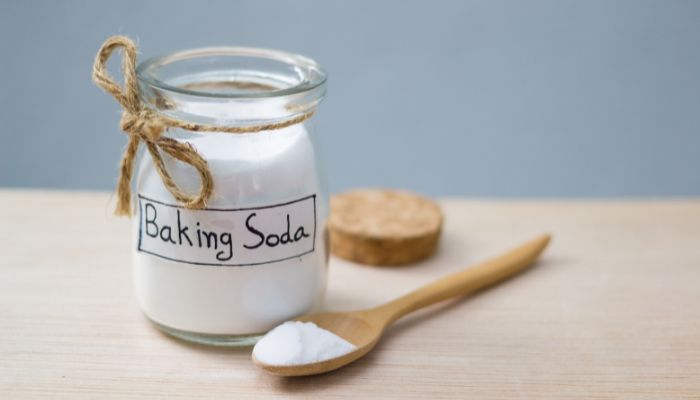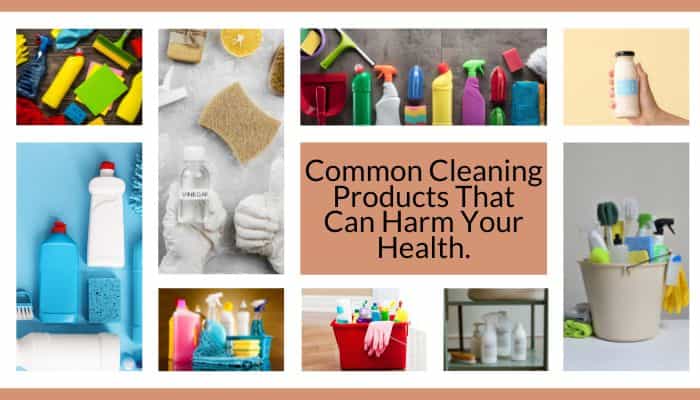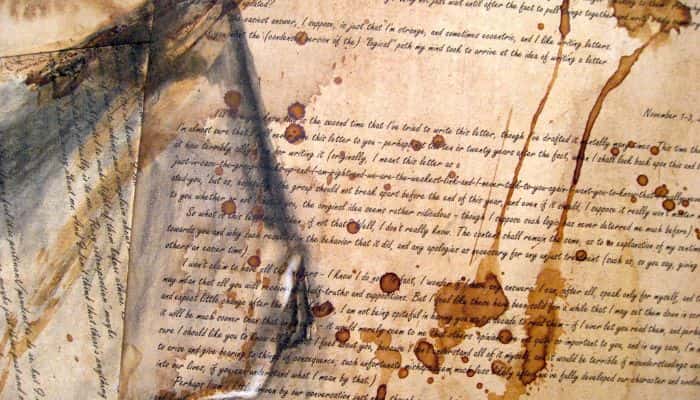No, you shouldn’t mix purple power with any type of cleaning agent or chemicals including ammonia, caustics, bleach, and acids. Everyone knows that purple power is a kind of degreaser.
According to chemist researchers, degreasers can’t make a powerful cleaner by mixing up with bleach. Rather it makes a chemical that could be harmful to the human body.
Now the question may be what should I mix up with purple power cleaner?
You can mix up 50/50 water and purple power for better practice in cleaning works. And no need to add another cleaner agent.
What is Purple Power?

Purple Power is a highly concentrated formula that is designed to tackle tough stains and grime. The product is available in different forms, including spray bottles, concentrated liquid, and powder.
The primary ingredient in Purple Power is a mixture of powerful solvents that dissolve tough stains and grime on contact. The product is usually purple in color, hence the name “Purple Power.”
The concentrated formula of Purple Power makes it highly effective in removing oil, grease, and other stubborn stains from various surfaces.
How Purple Power Works?
Purple Power is a powerful cleaner that is commonly used to remove stubborn stains and grease from surfaces. We noted some points on how Purple Power works:
- The surfactants in Purple Power work by reducing the surface tension between the stain and the surface, allowing the cleaner to penetrate and dissolve the stain.
- The solvents in Purple Power are effective at dissolving and breaking down oily and greasy substances, allowing them to be easily wiped away.
- Purple Power can be used on a variety of surfaces, including engines, tires, wheels, and even carpets and upholstery.
- Purple Power is easy to use. Simply spray the cleaner onto the surface, let it sit for a few minutes, and then wipe it away with a cloth or rinse it off with water.
- Purple Power is safe to use on most surfaces, but it is important to read the label and follow the instructions carefully to avoid damaging delicate surfaces.
- Purple Power is an eco-friendly alternative to harsher cleaners, as it is biodegradable and non-toxic.
Overall, Purple Power is an effective and versatile cleaner that can help you tackle even the toughest cleaning jobs.
Uses of Purple Power

Purple Power is a powerful cleaning solution that can be used for various purposes. Below are some common uses of Purple Power:
- Automotive cleaning: Purple Power is a popular choice for cleaning engines, wheels, and tires of cars, trucks, and other vehicles. It is effective in removing grease, oil, and other stubborn stains from automotive surfaces.
- Household cleaning: Purple Power can be used for cleaning various household surfaces such as floors, walls, and countertops. It can also be used for removing tough stains from carpets and upholstery.
- Industrial cleaning: Purple Power is commonly used in industrial settings for cleaning machinery, equipment, and floors. It is effective in removing heavy grease and oil stains.
- Degreasing: Purple Power is a powerful degreaser that can be used for cleaning greasy surfaces such as grills, ovens, and stovetops.
- Parts cleaning: Purple Power is often used for cleaning metal parts such as tools and machinery. It can remove dirt, grime, and rust from metal surfaces.
- Rust removal: You can use Purple Power for removing rust from metal surfaces. It is effective in dissolving rust and restoring the original shine of the metal.
- Stain removal: Purple Power can be used for removing various types of stains such as ink, blood, and wine stains from clothes and other fabrics.
- Concrete cleaning: Purple Power is commonly used for cleaning concrete surfaces such as driveways, sidewalks, and patios. It can remove oil and grease stains, as well as other types of stains.
Overall, Purple Power is a versatile and effective cleaning solution that can be used for various cleaning and degreasing purposes. It is important to follow the instructions carefully and use appropriate safety precautions when handling this powerful solution.
What is Bleach?
Bleach is a chemical compound that is commonly used as a disinfectant and stain remover. The active ingredient in bleach is usually sodium hypochlorite, which is a strong oxidizing agent that can react with and break down many different types of organic compounds.
Uses of bleach
Bleach is a powerful cleaning agent that has a wide range of uses in household cleaning, laundry, and disinfecting. We gathered some common uses of bleach:
- Whitening clothes: Bleach is a popular laundry product that can help to whiten clothes, remove stains, and brighten whites.
- Cleaning surfaces: Bleach is a powerful disinfectant that can be used to clean and sanitize surfaces in the kitchen, bathroom, and other areas of the home.
- Removing mold and mildew: Bleach can be used to remove mold and mildew from surfaces such as tiles, shower curtains, and grout.
- Sanitizing dishes: Bleach can be used to sanitize dishes and utensils, especially in situations where there is a risk of bacterial contamination.
- Disinfecting water: In emergency situations where water supplies may be contaminated, bleach can be used to disinfect water and make it safe for consumption.
- Cleaning outdoor areas: Bleach can be used to clean outdoor areas such as patios, decks, and fences, to remove dirt, grime, and mildew.
- Removing stains: Bleach can be used to remove stubborn stains such as coffee, tea, and wine stains from clothing and other fabrics.
It is important to note that bleach is a strong chemical and should be used with caution. Always follow the instructions on the label and wear protective clothing and gloves when using bleach.
What should you not use purple power on?
Purple Power is a heavy-duty cleaner and degreaser that is commonly used to remove tough stains and grime from a variety of surfaces. However, there are certain things that you should not use purple power on, as it can cause damage or discoloration.
First and foremost, you should not use purple power on wood surfaces or wood furniture. The chemicals in the cleaner can strip away the finish, causing the wood to become dry and brittle. This can lead to cracks and splinters, and the wood may become more susceptible to staining and damage.
Additionally, purple power should not be used on painted surfaces, as it can remove or fade the paint. This includes walls, doors, and painted furniture. The cleaner may also damage or discolor other types of finishes, such as lacquer or varnish.
You should also be careful when using purple power on fabrics, as it can remove or bleach the color. This includes clothing, upholstery, and carpets. It is best to test a small, inconspicuous area before using purple power on any fabric to ensure that it will not cause damage.
In summary, purple power should not be used on wood surfaces, painted surfaces, or fabrics, as it can cause damage or discoloration. It is important to always read the label and follow the instructions when using any cleaning product, and to be mindful of the surfaces you are cleaning.
People also Want to Know
Can you use purple power on car paint?
No, using purple power on car paint can damage it and destroy the clear quote surface. So it’s not recommended while cleaning your car.
Can you use purple power on the carpet?
Yes, purple power can be used on carpets and vinyl. I recommend using a small amount and doing a test or corner first to see if it removes the color.
Can You Use Purple Power in The Washing Machine?
Already I have mentioned that Purple Power is a brand of heavy-duty degreaser and cleaner that can be used for various cleaning tasks, including cleaning a washing machine. However, it is important to read and follow the instructions on the product label for safe and effective use, and to ensure that it is safe for use on your specific surface or material that you are cleaning. We recommended testing a small, inconspicuous area first before using the product on a larger surface.
Can you mix bleach and vinegar?
No, you shouldn’t mix bleach and vinegar. Chlorine gas is a toxic chemical that can be fatal in large quantities and is produced when chlorine bleach, which contains sodium hypochlorite, is combined with any form of acid, such as vinegar. While it might seem like you’ll be intensifying your cleaning power by using both at the same time, it’s never safe to mix bleach and vinegar, even in small amounts.
Can you mix bleach and baking soda?
Yes, you can safely mix bleach and baking soda. The combination won’t create dangerous gases, and baking soda is a mild cleaner that may be the only cleaning agent you can safely use with bleach.
Can you mix pine sole and bleach?
No, you should not mix Pine-Sol and bleach. This will produce chlorine gas that can be harmful or even toxic. Ventilate the area if you’ve accidentally mixed the two chemicals, and open all windows and doors to let the air circulate.
Can you mix fabuloso sol and bleach?
No, it’s harmful to mix fabuloso and bleach. These two cleaning products do not work well together and can release a toxic gas when combined. The chemical released can be deadly to your lungs and an irritant to your eyes.
Can you mix OxiClean and bleach?
No, you should never mix OxiClean Versatile Stain Remover and chlorine bleach. Mixing these two products will damage your clothes and void the warranties on both products. OxiClean is designed to work best when used in conjunction with regular laundry detergent, so adding it to the wash water in the drum rather than the bleach dispenser is the most effective way to use it.
Can you mix hydrogen peroxide and bleach?
No, mixing household cleaners is not always a good idea. For example, bleach and hydrogen peroxide creates oxygen gas so violently, it can cause an explosion. This is why these two cleaners should not be mixed together ordinarily; you make a weaker cleaner by doing so.
Can you mix bleach and dish soap?
Bleach should not be mixed with other cleaners, such as dish soap. Mixing chlorine bleach with other cleaners can release toxic gases. Bleach can also irritate your skin and eyes. Additionally, bleach can damage your white carpet. To keep your floor safe and clean, only use cleaners that are specifically designed for carpets.
Can you mix ammonia and bleach?
No, mixing bleach with ammonia is not safe. Ammonia and bleach are both strong chemicals and when combined they can create dangerous fumes. When these fumes are inhaled, they can cause respiratory problems including asthma. In extreme cases, this mixture can also attack the eyes and mucous membranes. If you’re ever in danger of exposure to these fumes, move away from the mixture quickly and seek medical attention.
Can you mix Lysol and bleach?
No, mixing Lysol and bleach will not be a good practice. Lysol contains 2-benzyl-4-chlorophenol, which can be oxidized by bleach to form harmful compounds. This could result in irritation and even toxicity.
Can you mix comet cleaner and bleach?
No, you should not mix comet cleaner with any other chemicals.
Can you mix conditioner and bleach?
You shouldn’t mix conditioner with bleach. The two chemicals have different purposes and can result in complications if they are mixed together. Bleach powder is a lightener and should be paired with the developer to activate it, while the conditioner is meant to moisturize the hair. Mixing them together will reduce the effectiveness of either one.
Conclusion
If you’re ever unsure about how to clean a specific object or surface, always consult the manufacturer’s instructions. Mixing household cleaners can be dangerous and ineffective, so it’s best to stick with products that are specifically designed for the task at hand.





